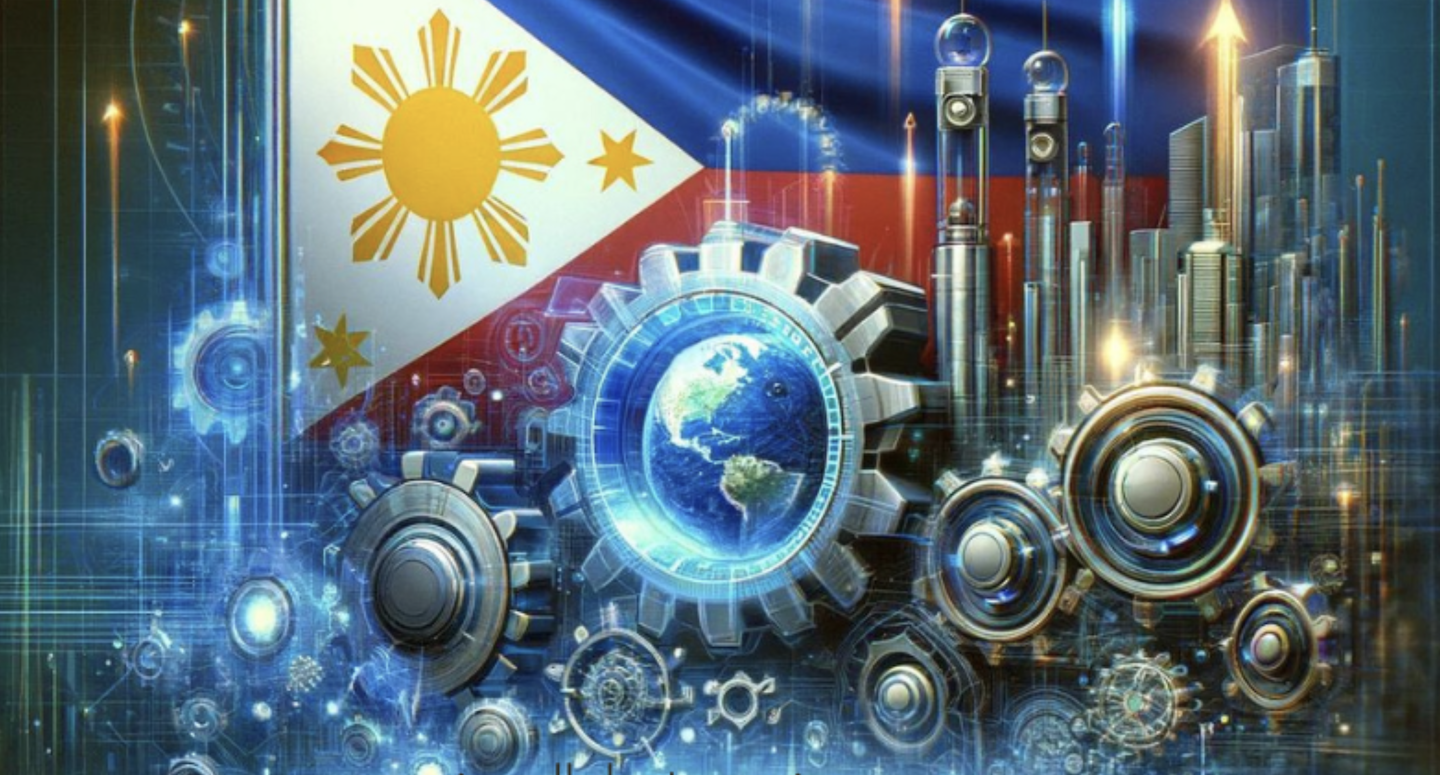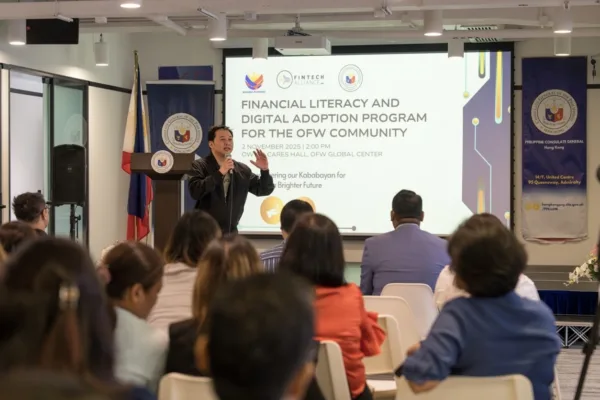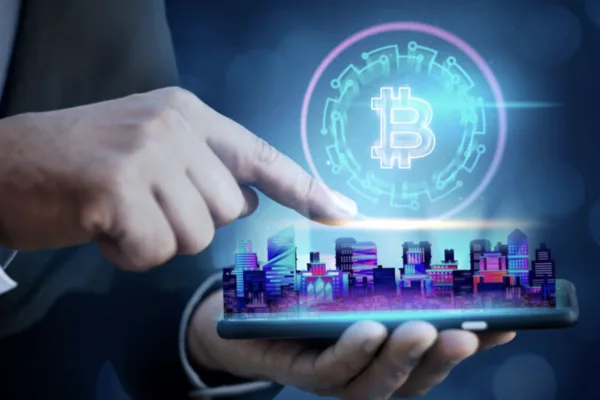Special report by JM Santos, Correspondent
With the 21st-century digital revolution, the Philippines stands at a crucial time for the digital finance evolution in the market and financial institutions. Recently, the country celebrated its achievements on a two-month jobless rate and almost a nine-month low in underemployment, seeking more attention and prioritizing opportunities rather than challenges in various sectors and industries.

According to the Philippine Statistics Authority (PSA), the country’s labor market showed signs of improvement in February 2025, with the unemployment rate falling to 3.8% — its lowest point within the 3-month duration. Meanwhile, the underemployment rate, which serves as a key indicator of job quality, particularly in financial services, declined to a nine-month low of 10.1%.
Financial technology played an important role in innovation across the country and even in Southeast Asia, while it holds the possibility of driving massive shifts and developments in economic inclusion, efficient markets and sustainable development.
Despite these achievements and promises, fintech and digital finance within the Philippines in general is still currently overcoming challenges, including regulatory gaps, visions and concrete plans, and cybersecurity threats, digital divides, and clamoring for responsible growth and development in technological innovations.
In navigating the journey of the Philippines in the current landscape of fintech and digital finance, how do people, institutions, and the country achieve an inclusive, efficient, and secure economic future?
The socio-economic journey of digital finance in the Philippines

With a short glimpse of the socio-economic situation of the labor force, the decrease in the job rate served as a signal of improving job quality. This socioeconomic window suggests that the workforce could be more ready to engage with and be part of a growing digital economy.
Once more Filipinos gain employment, particularly within the services, trade, and economic sectors, which are the key domains for fintech innovation and adoption, the potential for broader financial inclusion in digital finance and participation grows more than ever.
As the Philippines has been severely damaged by the COVID-19 pandemic, the uneven recovery across various sectors is still prominent, such as agriculture, manufacturing, and business sectors, underscoring financial inclusion gaps. Multiple demographics and regions often struggle with access to formal financial services they still seek innovative fintech solutions and visions.
However, FinTech in the Philippines: Assessing the State of Play by John Schellhase and Amos Garcia provides an in-depth concept that the majority of Filipinos remain out of reach and that low levels of individuals are still part of exclusive financial and digital finance services.
In fact, according to the Bangko Sentral ng Pilipinas (BSP) Financial Inclusion Survey (FIS), more than 71% of Filipino adults (approximately 51.2 million) lacked a formal financial account — only 29% had one, with just 11.5% holding a bank account, mirroring the unequal distribution of financial literacy. In contrast, the World Bank’s Findex study asserted that more than 34.5% of adults had an account at a formal financial institution; these data put the Philippines behind other SEA countries.
Surging digital payments: PH emerges as a leader in Southeast Asia

Gcash is still one of the most popular alternative payment tools in PH. (Credit: shutterstock)
Years have passed since the exponential development and sudden growth of digital financial services. Digital wallets, including GCash, Maya, GoTyme, BDO pay, and other digital financial wallets monitored by the BSP are at the forefront of empowering and advocating for a cash-lite economy.
The central bank reported that over 56% of Filipinos in 2023 owned a digital bank account, an increase from 29% in 2019.
Today’s economy, particularly retail stores and supermarkets widely accepts mobile wallets and contactless payments for convenience. These services might not be widespread in smaller cities yet, but the options for online payments and shopping have become integral components of both in-store and online shopping for Filipino markets.
In 2024 Report on the Status of Digital Payments in the Philippines, the country ranked among the top countries with digital payment transactions in Southeast Asia, the central bank stated that that more than 2.6 billion out of 5 billion monthly transactions have been digitized — a 28.1% increase compared to the previous years and this assumption will further to growth in the coming years as the central bank expectations and visions are growing.
Various startups in the fintech landscape are also in-demand in flourishing various fields such as lending, remittances, insurance technology, and trading in crypto, According to Statista, this sector in financial technology is expected to boom and reach $44 billion by 2028, making a huge navigation within financial services, a tech-savvy population and an expanding internet industry.
Navigating the complexities of governance and digital finance

While the fintech sector of the Philippines provides an advantageous position in development, it poses a fragmented regulatory framework and landscape.
The BSP features an initiative like the Digital Payments Transformation Roadmap and the Open Finance Framework that aims to overlap and address conflicting guidelines from various agencies, including the BSP, the Securities and Exchange Commissions, and the Insurance Commission.
These lending apps and programs have faced crackdowns over aggressive and uncontrolled practices in digital finance, and these initiatives must have a centralized regulatory body and unified regulatory approaches to balance innovation and ensuring the rights of consumer protection.
Two sides of a coin: Urban advantages vs. rural limitations
The rapid expansion of digital finance presents both opportunities and challenges, particularly in the areas of cybersecurity and consumer protection.
The increasing use of digital financial services has been accompanied by a rise in online fraud, scams, phishing, and identity theft, as seen in high-profile incidents like the GCash data breach in 2023-2024.
This incident prompted the BSP to tighten its guidelines and highlighted cybersecurity as a pressing concern, even as financial inclusion remains an ongoing goal. Consequently, updated consumer protection regulations are essential to promote greater transparency and inclusion.
Urban areas enjoy more benefits, such as instant loans, mobile banking, and broader access to financial services, while rural communities still face limited smartphone access, poor internet connectivity, and lower digital literacy.
Strengthening the enforcement of data privacy across sectors, implementing stricter laws, expanding digital education, and fostering inclusive public initiatives are necessary steps toward closing the gap in financial inclusion and cybersecurity, ultimately building a secure, reliable, and equitable digital fintech society.
Preparing the workforce for the digital finance era

Addressing the challenges involves advancing policy efforts such as the effective implementation of the current initiatives like Trabaho Para sa Bayan Act Plan 2025–2034, which is centered on labor market reforms, workforce upskilling, and providing inclusive opportunities — key elements in preparing workers for roles in digital finance.
Labor market recovery is anchored in improving employability and expanding economic opportunities for the Filipino workforce.
While various factors must be considered in the broader transformation of the fintech sector in the Philippines, these initiatives represent essential steps toward building a productive, inclusive financial system and a resilient economic community.
Realizing the potential of fintech will require strong collaboration between the public and private sectors, guided by a balanced and strategic approach.
Though the Philippines still has a long way to go in achieving an inclusive digital finance transformation, progress is possible — especially if cybersecurity threats are effectively addressed and managed.








